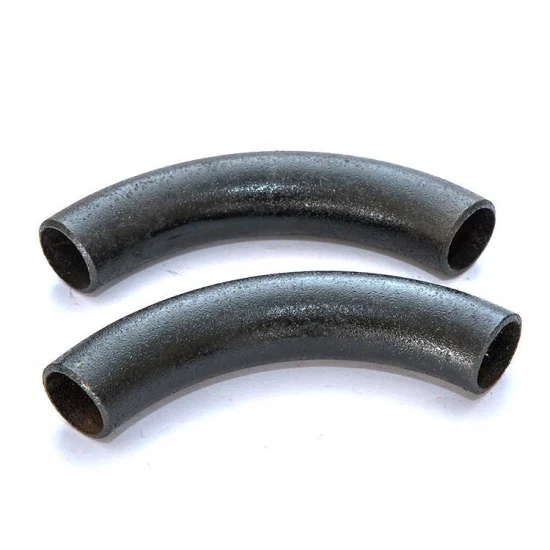-
Cangzhou Yulong Steel Co., Ltd.
-
Phone:
+86 13303177267 -
Email:
admin@ylsteelfittings.com
- English
- Arabic
- Italian
- Spanish
- Portuguese
- German
- kazakh
- Persian
- Greek
- French
- Russian
- Polish
- Thai
- Indonesian
- Vietnamese
- Zulu
- Korean
- Uzbek
- Hindi
- Serbian
- Malay
- Ukrainian
- Gujarati
- Haitian Creole
- hausa
- hawaiian
- Hebrew
- Miao
- Hungarian
- Icelandic
- igbo
- irish
- Japanese
- Javanese
- Kannada
- Khmer
- Rwandese
- Afrikaans
- Albanian
- Amharic
- Armenian
- Azerbaijani
- Basque
- Belarusian
- Bengali
- Bosnian
- Bulgarian
- Catalan
- Cebuano
- China
- China (Taiwan)
- Corsican
- Croatian
- Czech
- Danish
- Esperanto
- Estonian
- Finnish
- Frisian
- Galician
- Georgian
- Kurdish
- Kyrgyz
- Lao
- Latin
- Latvian
- Lithuanian
- Luxembourgish
- Macedonian
- Malgashi
- Malayalam
- Maltese
- Maori
- Marathi
- Mongolian
- Myanmar
- Nepali
- Norwegian
- Norwegian
- Occitan
- Pashto
- Dutch
- Punjabi
- Romanian
- Samoan
- Scottish Gaelic
- Sesotho
- Shona
- Sindhi
- Sinhala
- Slovak
- Slovenian
- Somali
- Sundanese
- Swahili
- Swedish
- Tagalog
- Tajik
- Tamil
- Tatar
- Telugu
- Turkish
- Turkmen
- Urdu
- Uighur
- Welsh
- Bantu
- Yiddish
- Yoruba

Aug . 28, 2024 01:04 Back to list
Reliable Pipe Welding Solutions | Expert Pipe Welding Services
Pipe Welding A Crucial Process in Modern Industries
Pipe welding is an essential technique utilized across various industries, including oil and gas, construction, and manufacturing. This process involves joining pipes together to create a continuous flow of materials, whether for transporting liquids, gases, or other substances. The integrity and reliability of pipe welds are critical to the safety and efficiency of industrial operations, making the understanding of welding techniques vital for engineers and technicians alike.
Pipe Welding A Crucial Process in Modern Industries
MIG welding is widely favored for its speed and ease of use, particularly in automatic or semi-automatic applications. It is especially effective for aluminum and thin-walled steels, making it a popular choice in the manufacturing of piping systems. On the other hand, TIG welding, while slower and more complex, provides superior control over the welding process, resulting in cleaner and more precise welds. This method is often preferred for high-quality applications, such as aerospace and nuclear industries, where the integrity of the weld is paramount.
pipe for welding

The choice of welding technique also depends on the pipe material. Common materials include carbon steel, stainless steel, and plastic. Each material demands specific preparation and welding techniques to achieve optimal results. For instance, stainless steel requires proper cleaning to remove any contaminants that may compromise the weld's integrity.
Safety is another critical aspect of pipe welding. Welders must follow strict safety protocols to protect themselves from hazards like high temperatures, UV radiation, and harmful fumes. The use of personal protective equipment (PPE) such as helmets, gloves, and protective clothing is mandatory to ensure safety during the welding process. Additionally, proper ventilation and air filtration systems help to minimize the risk of inhalation of harmful substances.
Quality control in pipe welding is vital for ensuring the reliability of the joints. Regular inspections and testing, including visual examinations, ultrasonic testing, and X-ray inspections, are conducted to detect any flaws or weaknesses in the welds. These measures are crucial in preventing potential failures that could lead to catastrophic accidents or costly downtime.
In conclusion, pipe welding serves as a backbone for various industrial applications, providing the necessary strength and durability for piping systems. As industries continue to evolve, the importance of advanced welding techniques and stringent safety measures will only grow, ensuring that the infrastructure essential for modern society remains robust and secure. The future of pipe welding lies in continuous innovation and a commitment to quality, ultimately leading to safer and more efficient operations across all sectors.
Latest news
-
ANSI 150P SS304 SO FLANGE
NewsFeb.14,2025
-
ASTM A333GR6 STEEL PIPE
NewsJan.20,2025
-
ANSI B16.5 WELDING NECK FLANGE
NewsJan.15,2026
-
ANSI B16.5 SLIP-ON FLANGE
NewsApr.19,2024
-
SABS 1123 FLANGE
NewsJan.15,2025
-
DIN86044 PLATE FLANGE
NewsApr.19,2024
-
DIN2527 BLIND FLANGE
NewsApr.12,2024
-
JIS B2311 Butt-Welding Fittings LR/SR 45°/90° /180°Seamless/Weld
NewsApr.23,2024











